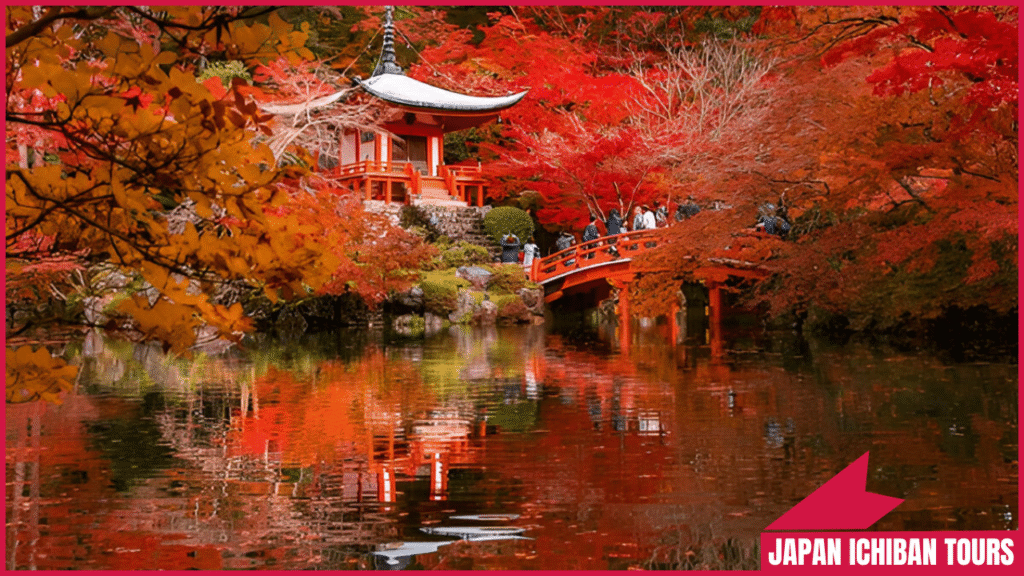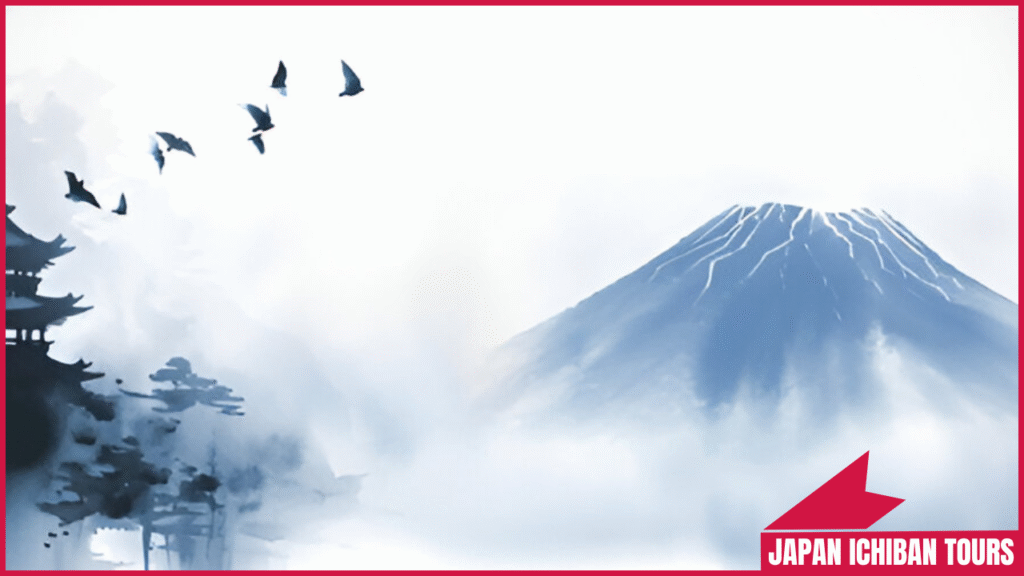
Kyoto, Japan’s cultural heart, captivates travelers with its blend of ancient temples, vibrant festivals, and serene landscapes. In 2025, Kyoto remains a must-visit destination, offering timeless traditions alongside evolving experiences.
This guide highlights the best things to do in Kyoto, from iconic shrines to hidden gems, with practical tips for cultural immersion, dining, and exploration.
Whether you’re a first-timer or a seasoned visitor, these activities will make your 2025 Kyoto adventure unforgettable. Check More Here:- Japan Unlocked – Culture, Food & Hidden Gems in 2025
Kyoto’s allure lies in its 1,200-year history as Japan’s former capital, home to over 2,000 temples and shrines, 17 UNESCO World Heritage sites, and a thriving culinary scene. In 2025, expect enhanced accessibility with English signage, new cultural events, and seasonal beauty—cherry blossoms in spring (March–April) and vibrant foliage in autumn (October–November). Kyoto’s compact size and efficient public transport make it ideal for exploring iconic landmarks and off-the-beaten-path treasures.
Kyoto’s temples and shrines are the city’s soul, blending spiritual depth with stunning architecture.
Pro Tip: Purchase a temple pass (~$10–$15) for discounted entry to multiple sites like Kinkaku-ji and Ginkaku-ji.
The Arashiyama Bamboo Grove is a serene, towering pathway of green bamboo, perfect for photos and peaceful strolls. Entry is free, but visit early (7–8 AM) to avoid tour groups. Nearby, explore Tenryu-ji Temple (~$5) and the Iwatayama Monkey Park (~$5) for playful macaques and river views.
Known as “Kyoto’s Kitchen,” Nishiki Market is a 400-meter alley packed with over 100 stalls selling fresh sushi, matcha sweets, and pickled vegetables (~$2–$10). Try tamagoyaki (rolled omelet, ~$3) or yuba (tofu skin) for authentic flavors.
Kyoto’s tea ceremonies, rooted in Zen Buddhism, offer a meditative cultural experience. Join a 1-hour session (~$20–$40) at venues like En Tea House or Camellia Tea Ceremony in Gion. Learn to whisk matcha and savor wagashi (sweets).
Take a 40-minute train ride (~$10) to Omihachiman, a historic canal town near Lake Biwa. Explore Edo-era merchant houses, take a boat ride (~$10), or visit sake breweries for tastings (~$5). The Sagicho Fire Festival in March is a rare cultural highlight.
Kyoto’s festivals (matsuri) are vibrant cultural showcases. The Gion Matsuri (July) features massive yamaboko floats, while the Jidai Matsuri (October) reenacts Kyoto’s history with samurai processions. Most are free, with food stalls costing ~$10–$20.
| Activity | Location | Cost | Highlight | Best Time |
|---|---|---|---|---|
| Fushimi Inari | Southern Kyoto | Free | Torii gate hike | Early morning |
| Nishiki Market | Central Kyoto | $2–$10 | Local food stalls | Mid-morning |
| Omihachiman | Near Kyoto | $10–$20 | Canals, sake | Spring/Autumn |

Gion, Kyoto’s geisha district, is perfect for cultural exploration. Stroll Hanami-koji Street for traditional teahouses or attend a geisha dance performance (~$30–$50, seasonal). Respect privacy and avoid photographing geiko or maiko without permission.
Join a shodo (calligraphy) workshop (~$15–$30) to create kanji artwork. Venues like Kyoto Calligraphy Center offer 1-hour sessions, teaching brush techniques and cultural significance.
Experience Kyoto’s hospitality in a ryokan (traditional inn, ~$100–$300/night). Enjoy tatami rooms, onsen baths, and kaiseki meals. Budget options like Ryokan Shimizu (~$80–$150) offer authentic stays near Kyoto Station.
Kyoto’s kaiseki (multi-course dining, ~$30–$100) showcases seasonal ingredients. Restaurants like Kikunoi in Gion offer exquisite meals, while budget-friendly lunch sets (~$15–$30) provide similar flavors.
This narrow riverside alley is lined with intimate restaurants serving kyo-ryori (Kyoto cuisine, ~$15–$50). Try obanzai (home-style dishes) or kushiyaki (grilled skewers).
Kyoto’s buses and subways are efficient. Use a Kyoto City Bus & Subway Pass (~$10/day) for unlimited rides. IC cards (Suica/Pasmo, ~$20) work across buses, trains, and some taxis.
Purchase an eSIM (Airalo, Ubigi, ~$10–$20 for 1–2 GB daily data) for navigation and translation. Download Google Translate and Maps.me for offline use.
Kyoto’s popular sites like Fushimi Inari and Arashiyama get busy. Visit early (7–9 AM) or late (4–6 PM) to avoid crowds. Book cultural activities like tea ceremonies a month in advance.
Kyoto’s grid layout is easy to navigate, but rural areas like Omihachiman may lack English signage. Use offline apps or carry a phrasebook. Koban (police boxes) offer friendly help.
Japan’s lost-and-found system is highly efficient. Report lost items at Kyoto Station or koban (free, ~$5–$10 for mailed items).
While English signage is improving, learn basic phrases like “Konnichiwa” (hello) or “Domo” (thanks). Google Translate’s camera feature helps with menus and signs.

Kyoto in 2025 offers an unparalleled blend of cultural depth, culinary delights, and natural beauty. From hiking Fushimi Inari’s torii gates to savoring kaiseki in Gion, these activities create a rich tapestry of experiences. Explore hidden gems like Omihachiman, join vibrant festivals, and embrace Kyoto’s timeless charm. With smart planning and these insider tips, your Kyoto adventure will be a journey to remember.
What are Kyoto’s must-visit attractions in 2025?
Fushimi Inari, Kinkaku-ji, and Arashiyama’s Bamboo Grove are iconic, while Omihachiman offers a hidden gem experience.
How can I experience Kyoto’s culture authentically?
Join a tea ceremony (~$20–$40), attend Gion Matsuri (free), or stay in a ryokan (~$80–$300).
What’s the best way to get around Kyoto?
Use a Kyoto City Bus & Subway Pass (~$10/day) or rent a bike (~$10/day) for flexibility.
How can I eat affordably in Kyoto?
Grab konbini meals (~$2–$5) or Nishiki Market snacks (~$2–$10) for quality and value.
When’s the best time to visit Kyoto?
Spring (March–April) for cherry blossoms and autumn (October–November) for foliage offer ideal weather and stunning scenery.

Discover Japan Like Never Before 🇯🇵








Copyright © 2025 Japan Ichiban Tours | made with ❤️ by ideavire.com
Please select a template first

1 Comment
Top 10 Must-Do Activities in Hakone, Japan · September 10, 2025 at 8:59 pm
[…] This guide highlights the top 10 must-do activities in Hakone, blending iconic attractions with insider tips. For curated guided experiences, visit Japan Ichiban Tours at japanichibantours.com. What Are the Best Things to Do in Kyoto? – in 2025 […]